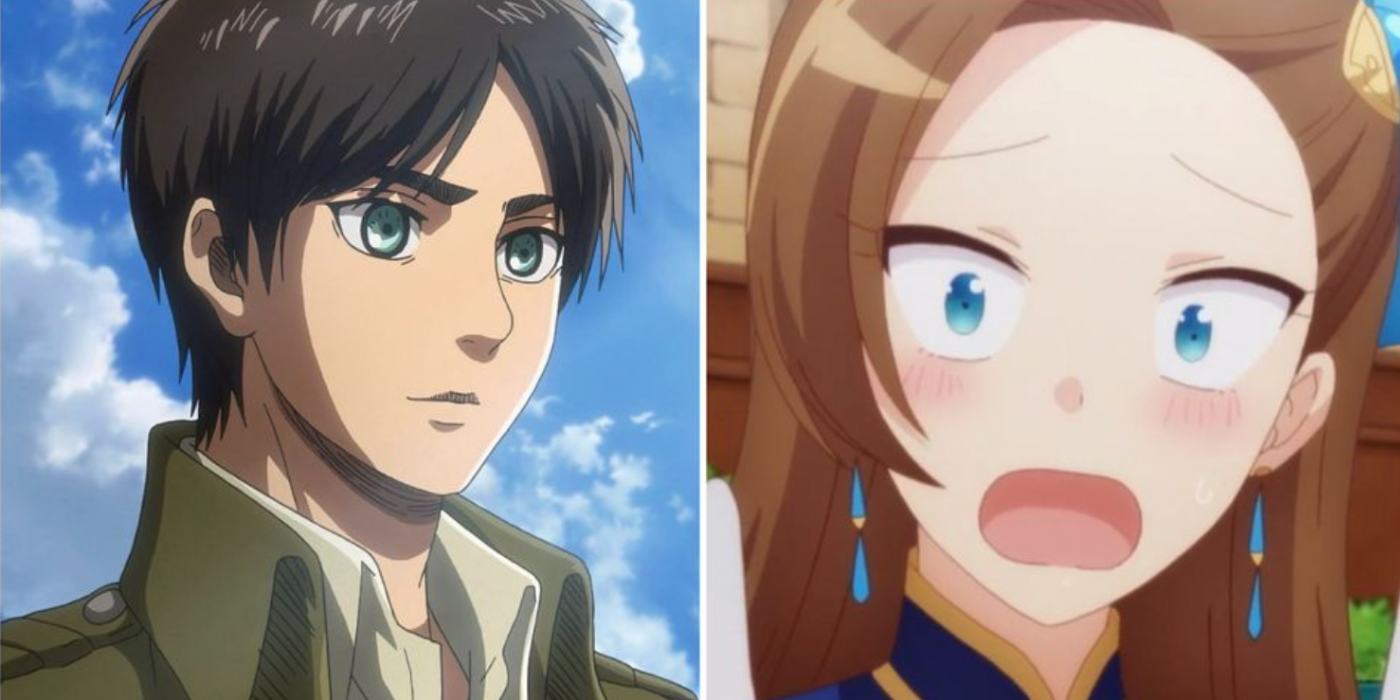
Popularity is a fleeting thing, but it can also come out of nowhere. There are plenty of popular anime series that become popular without anyone expecting them to, even the creators at certain points, and they are the ones banking on it. Sometimes, a series gains unexpected popularity overseas, but sometimes this can happen in its home country.
There could be plenty of factors that work against a show: the original manga didn't do well, it has a niche premise, or was based on an unusual media that isn't heard of much outside of Japan. But some series would prove so popular that they even got fans interested in the original formats, even making them something of a sleeper hit.
10 Attack On Titan: A Rejected Manga Revived Anime In The West
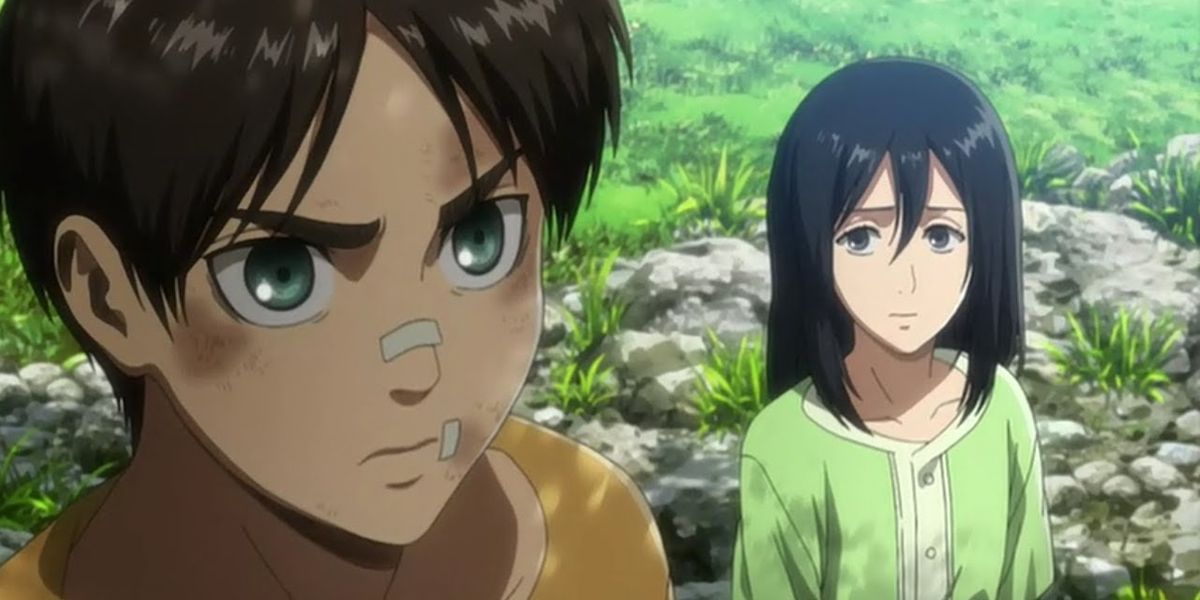
It's somewhat telling that the original manga got rejected by Weekly Shōnen Jump to show how unexpected it was that this series would be a hit. That said, once it found a publisher, the manga proved popular enough to garner an anime adaptation with a large budget.
The anime is also partially credited with the resurgence of interest in anime in the West, with many fans who grew out of the medium taking an interest in the series.
9 Beastars: Talking Animals Finally Made It Big In Anime
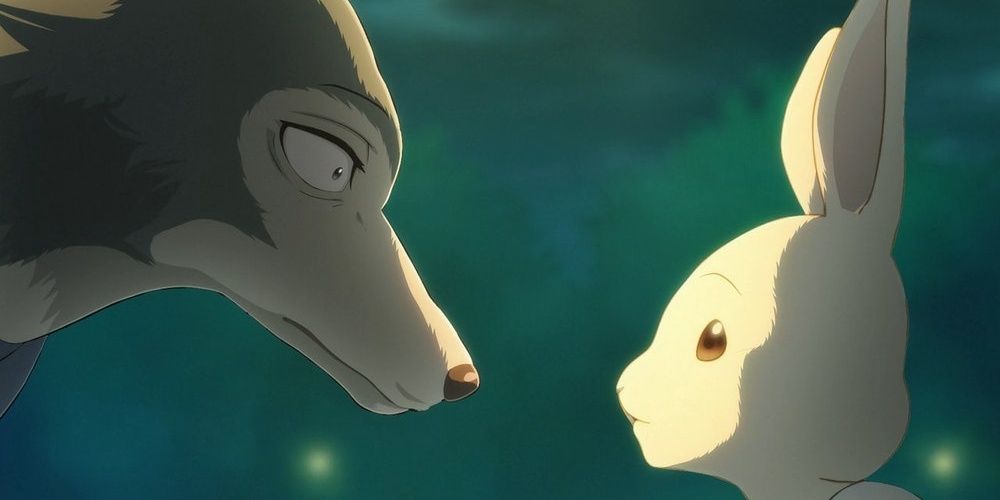
At the start, many anime and manga fans had troubles with an anime series filled with anthropomorphized animals and, even if they were willing to look past it, many doubted it could be taken seriously on a large scale. But the manga proved popular in rankings and even netted a few awards.
The anime adaptation would prove popular on Netflix, partially thanks to its unique animation style. It also likely helped that it came out a few years after Disney's Zootopia, which, while more light-hearted, also has similar themes, sparking interest from the animated film's fans.
8 CLANNAD: The West Now Knows About Visual Novels
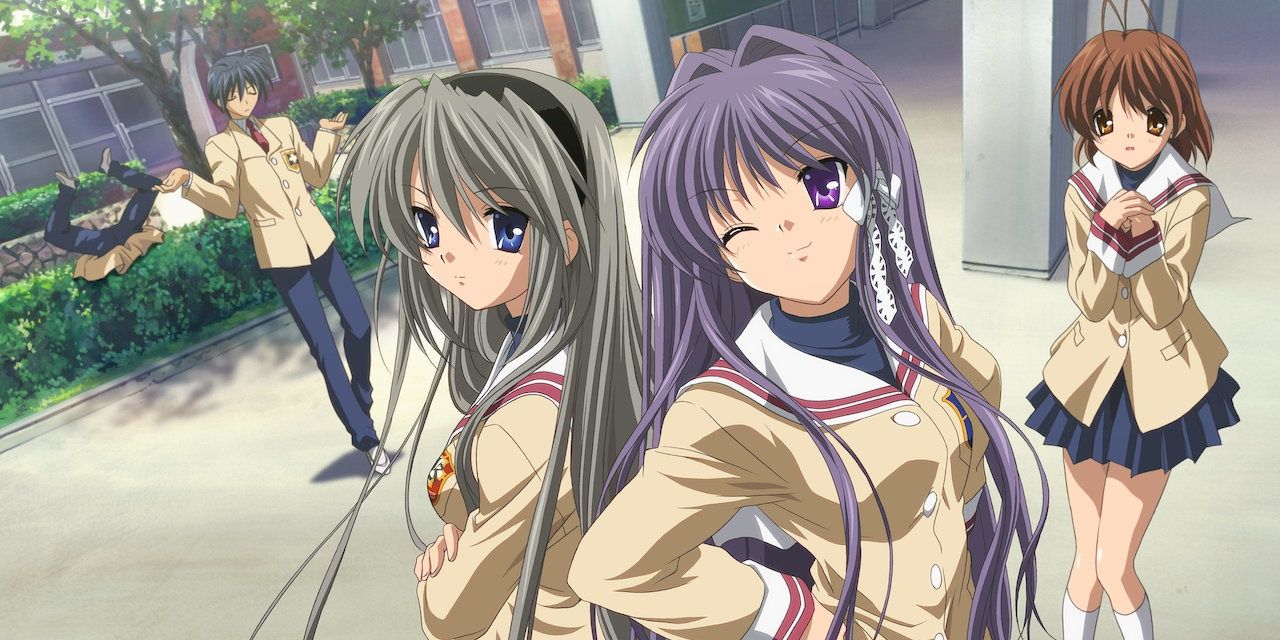
Before being considered a classic, it especially had a hard time breaking into the West for anime fans. For a while, the only version available was a subtitled version, but the franchise would eventually become the first big license for Sentai Filmworks.
Notably, the series would even bring up interest in translating visual novels, with a campaign to translate the ones written for the series. In fact, the success of the campaign is partially credited with inspiring publishers to export visual novels to the West, despite previously citing a lack of interest.
7 Haruhi Suzumiya: Its Ending Song Took The World By Storm
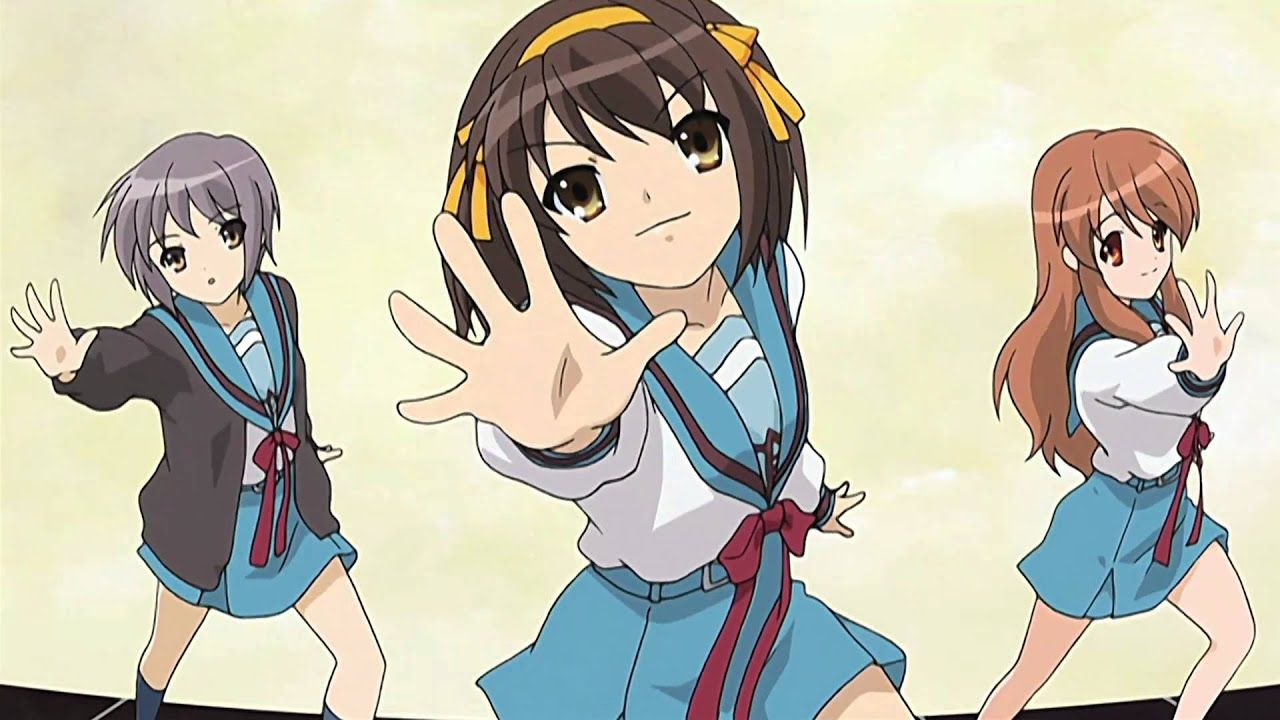
While the series had something of an underground following even before getting its anime adaptation, Haruhi and her search for things beyond ordinary humans would prove to become an icon of 2000s' anime.
The popularity of the ending song, "Hare Hare Yukai," was credited in helping the series reach fans online, proving popular with people who never saw the actual anime. The series is also credited for inspiring international fans' interest in light novels.
6 Hetalia: Axis Powers: Fans Still See Fan Characters Online
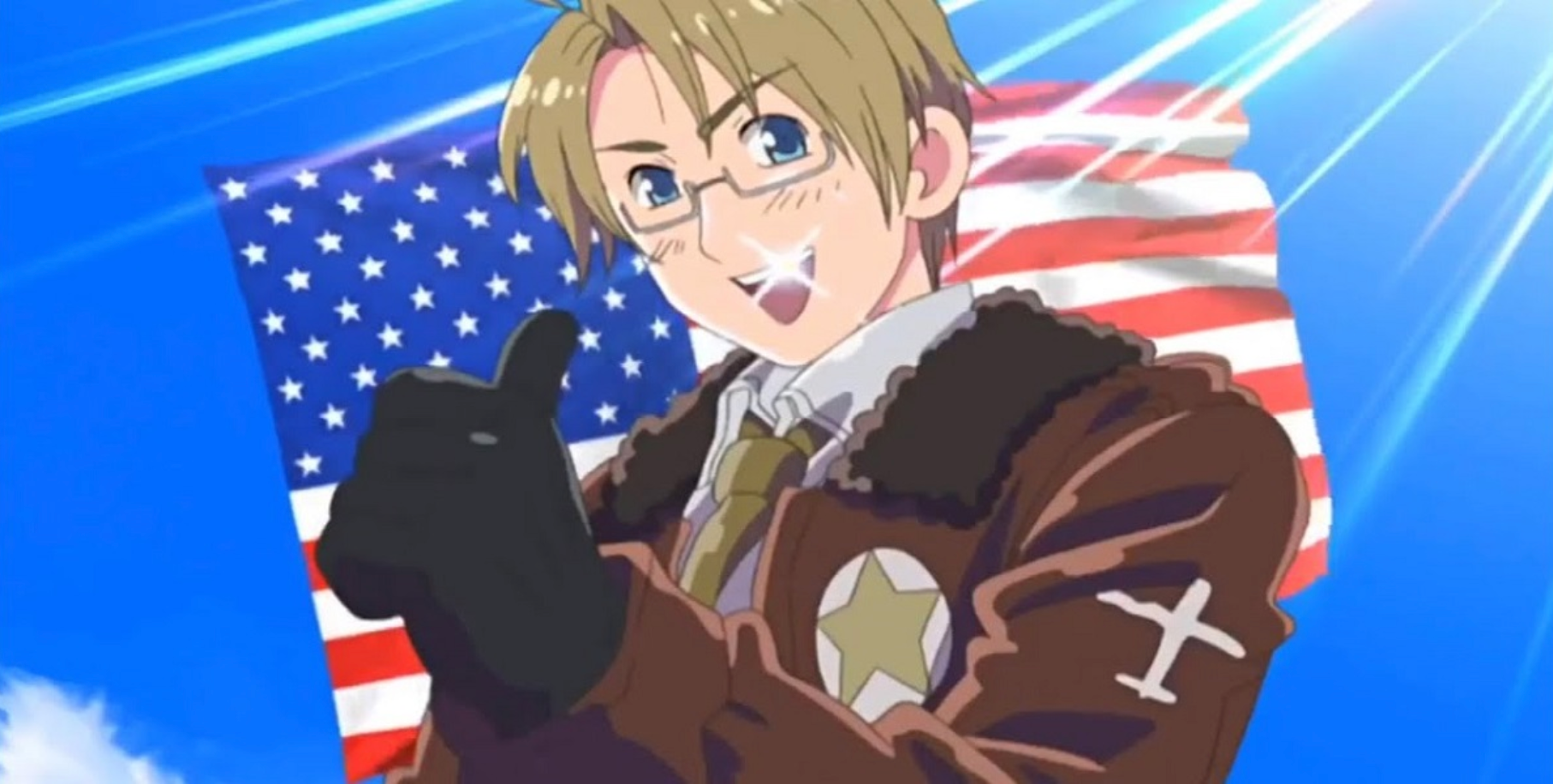
This series actually started as an online webcomic and, for years, it was commonly believed that webcomics had less luck than traditional comics at getting adaptations, due to having less of a reach and not being bound to the standards that works published in print are subject to.
The series would prove popular with many fans, taking advantage of the premise of personified countries and territories, to make personas based on regions that don't appear in the series, especially fans who are actually from such places.
5 K-On!: Slice-Of-Live Has Never Been So Popular
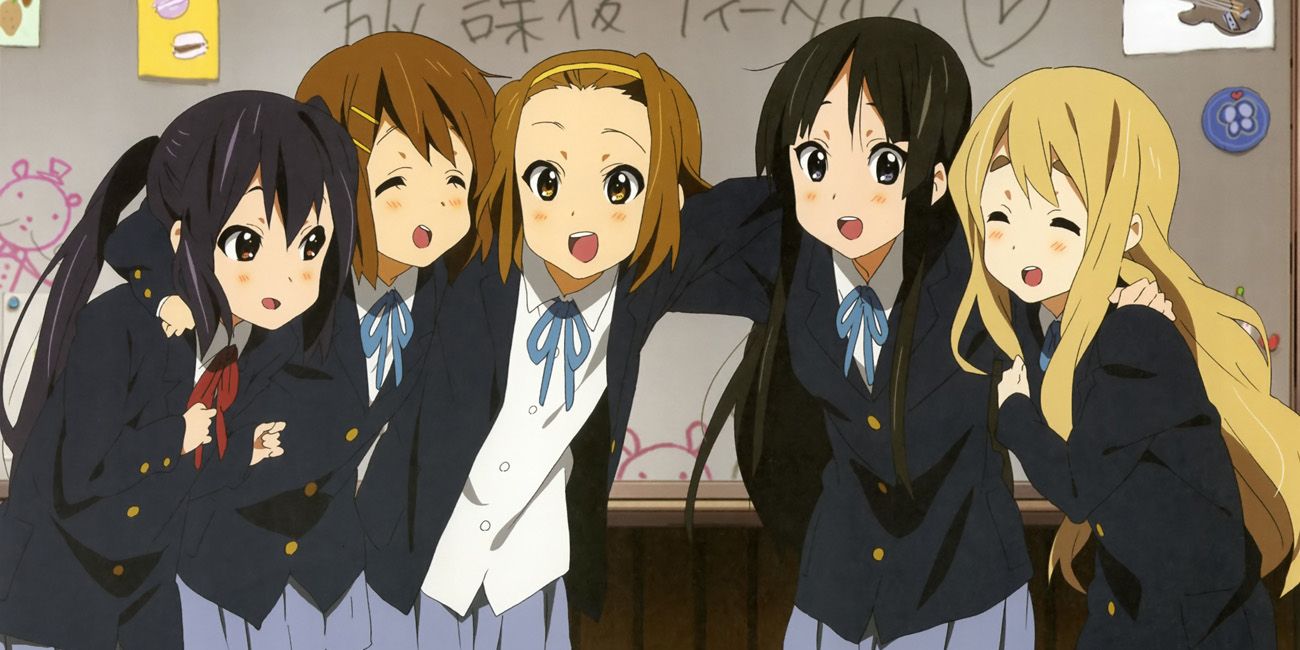
Four-cell manga were virtually unheard of in the West until the release of K-On!, which had a few factors against it. The anime adaptation was only 12 episodes, which is often a sign that there isn't too much interest in the overall series. Added to that, slice-of-life series, anime, or otherwise, don't have a good reputation in the West, especially for animated projects.
However, the anime proved popular enough to get a second season and even a movie. The manga would also see a few spin-offs.
4 Kemono Friends: Cancelling The Mobile Game Wasn't Even A Setback
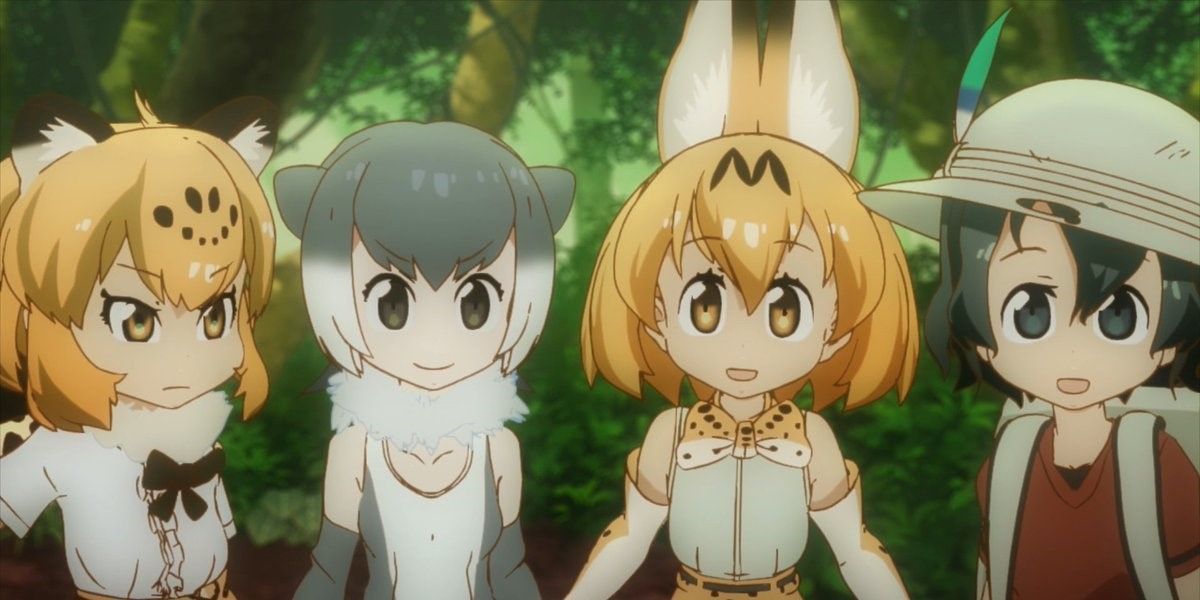
Even the creators didn't have too much interest in this series gaining a following. A mobile game the anime was meant to promote ended up canned at the last second and the anime itself had a low budget for animation. There wasn't even much in terms of merchandise.
Thanks to word of mouth online, however, the series would find fans who took an interest in the series' character designs and writing, even sparking more interest in the series' manga.
3 My Hero Academia: It All Started With A One-Shot
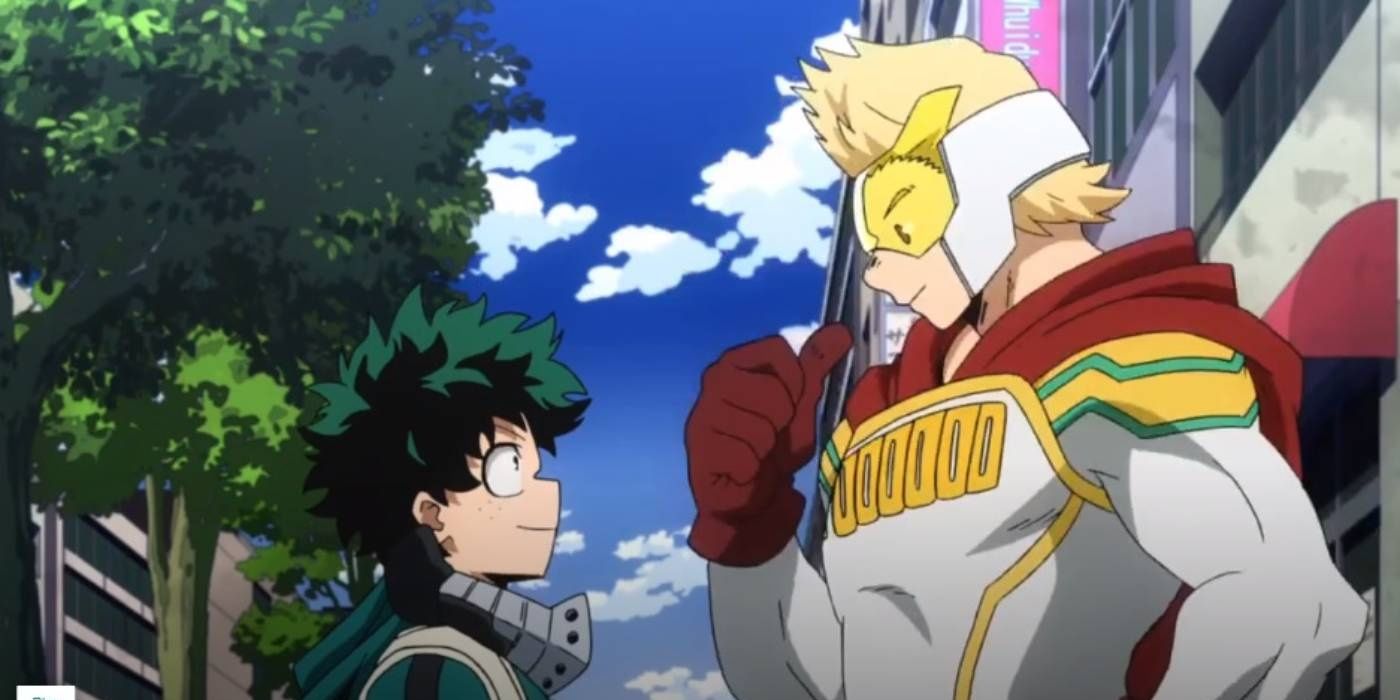
The manga that originally inspired this series was actually just a one-shot, My Hero. And the creator had at least too few previous attempts at developing a long-running series. But plenty of series proved that a second chance is a good idea and this is no exception.
The series would prove especially popular in the West, where it's considered something of a gateway anime, with Toonami giving the series multiple timeslots and even aired the series on weeknights, a rarity for anime in recent years.
2 My Next Life as a Villainess: Word Of Mouth Does It Again!
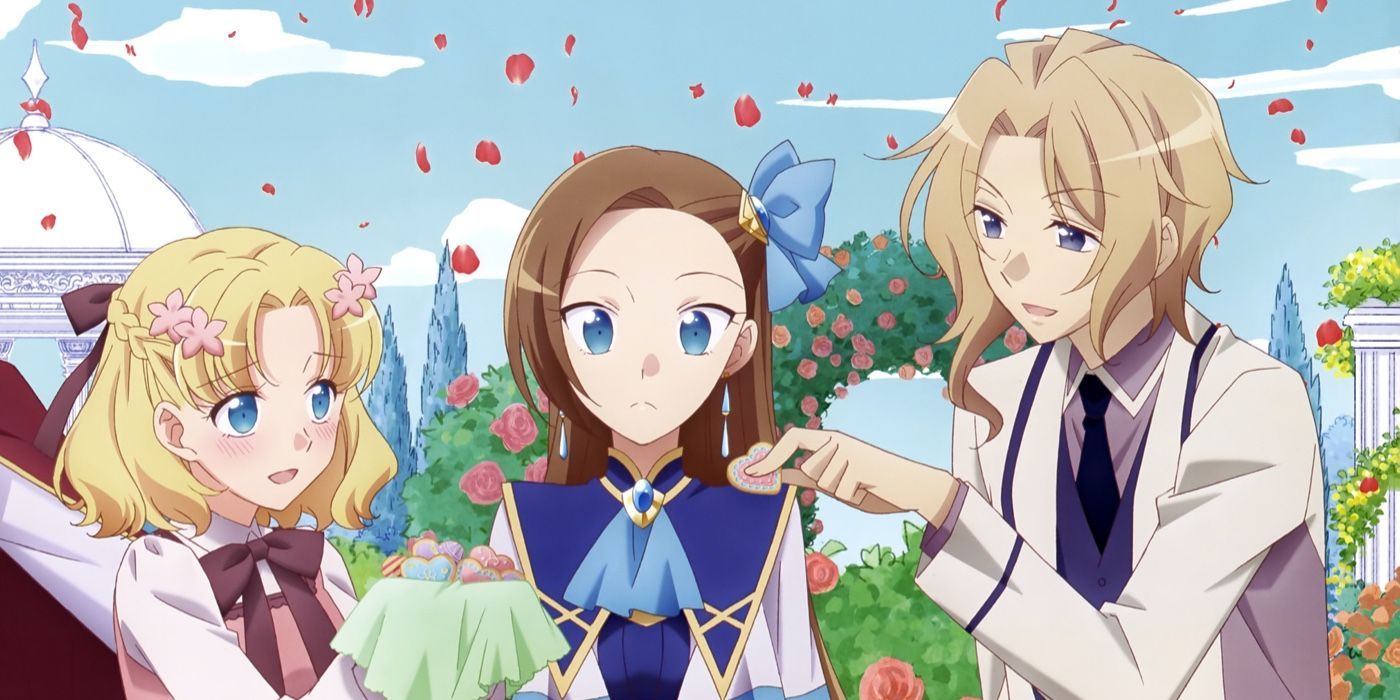
While this series came out at a time when isekai manga and anime proved exceedingly popular, this one found it hard to break out, usually being seen as just another isekai series by anime fans. But the anime would prove exceedingly popular, even getting viewers through word-of-mouth.
The anime would prove so popular that the series would gain a second season even before the first season had finished airing.
1 Pretty Cure: This Series Ended Up becoming one of The Biggest Magical Girl Franchise In Anime History
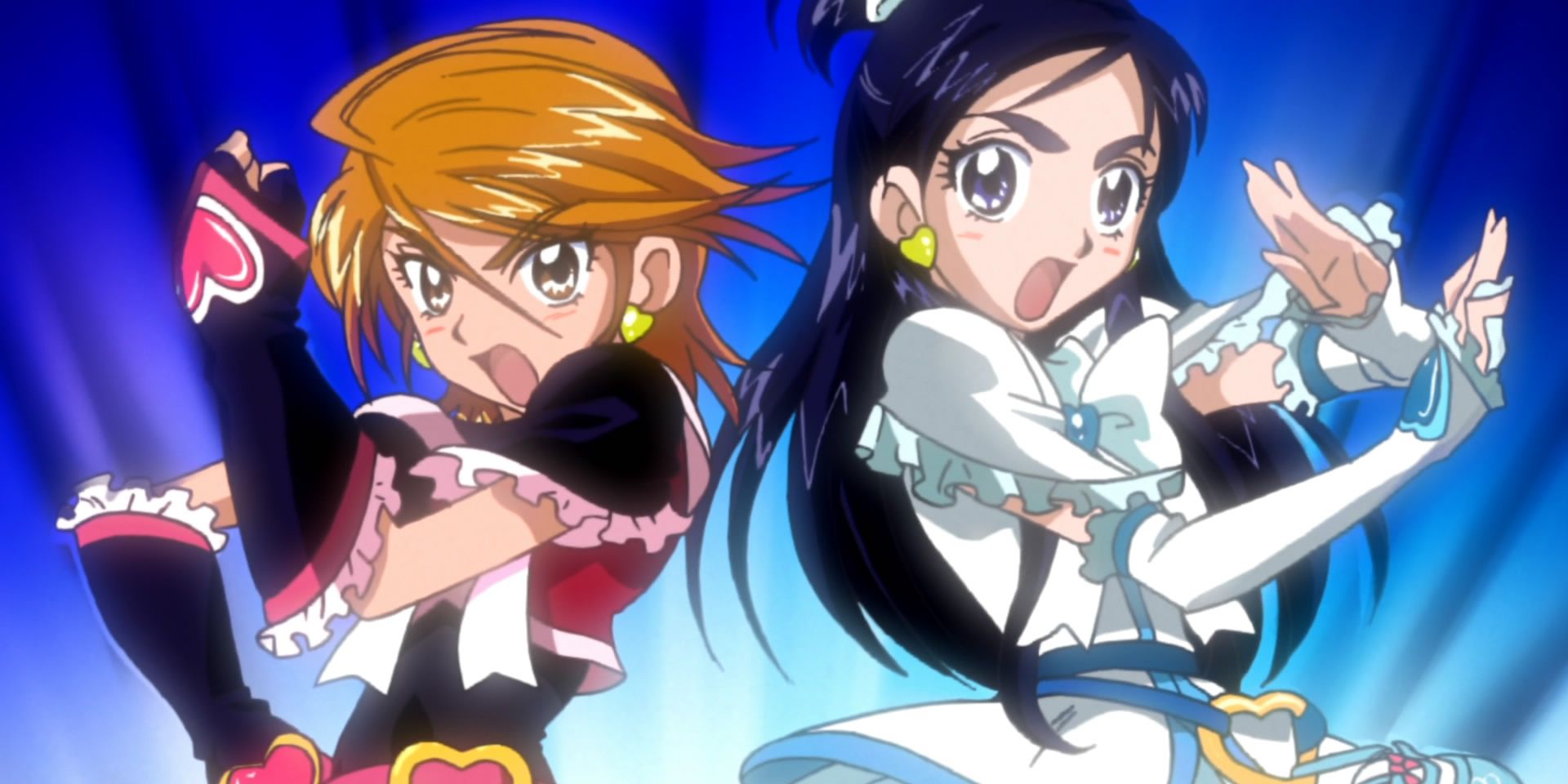
When this two-person magical team first came out, it was mostly just thought of as yet another magical girl series. Thanks to word of mouth, many fans took an interest in it due to its action scenes. The series proved popular enough to get a sequel series of sorts, Max Heart, where Cure Black and Cure White would join up with a third magical girl of sorts, Shiny Luminous. Then that series got a spin-off with two new girls as the leads.
And that would prove to be just the start, with new Pretty Cure series coming out of the woodwork almost constantly, often employing a more traditional four or five-girl team, and usually adding a new theme, from playing cards to fairy tales. Ultimately, it's become one of the biggest magical girl franchises in anime history. It even garnered a Western adaptation, Glitter Force, which marked one of the few times a magical girl anime had been released in the West as a kid's series since Sailor Moon.
0 Comments